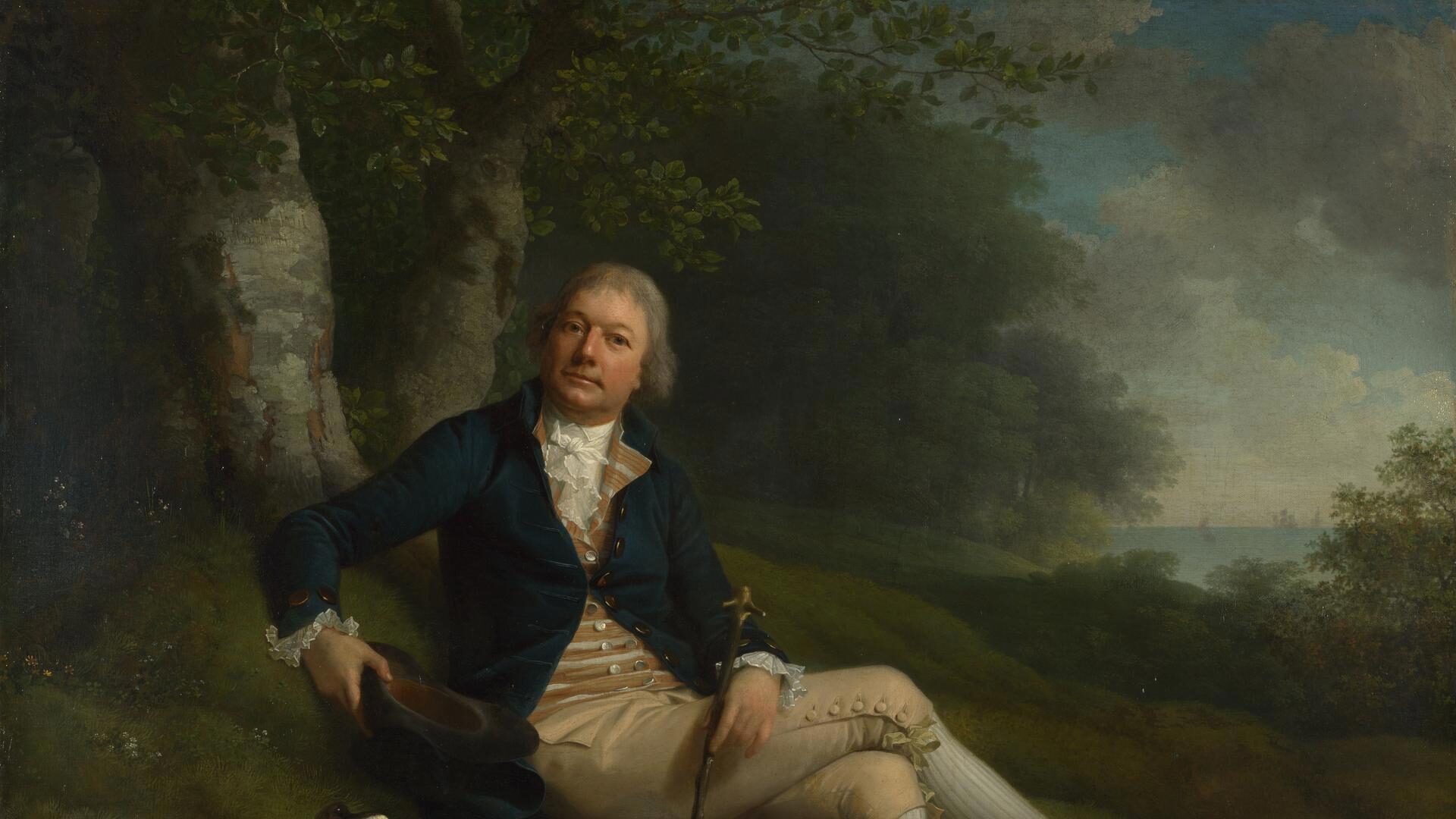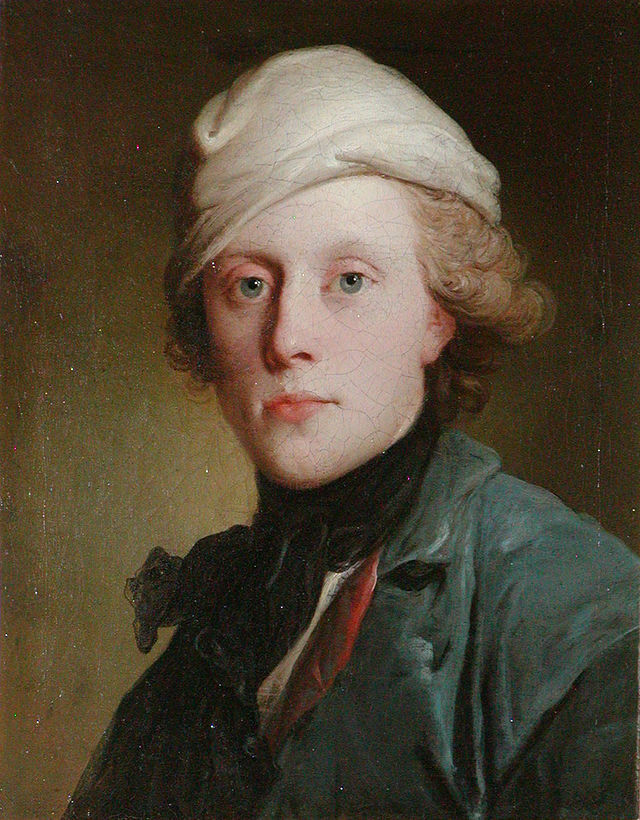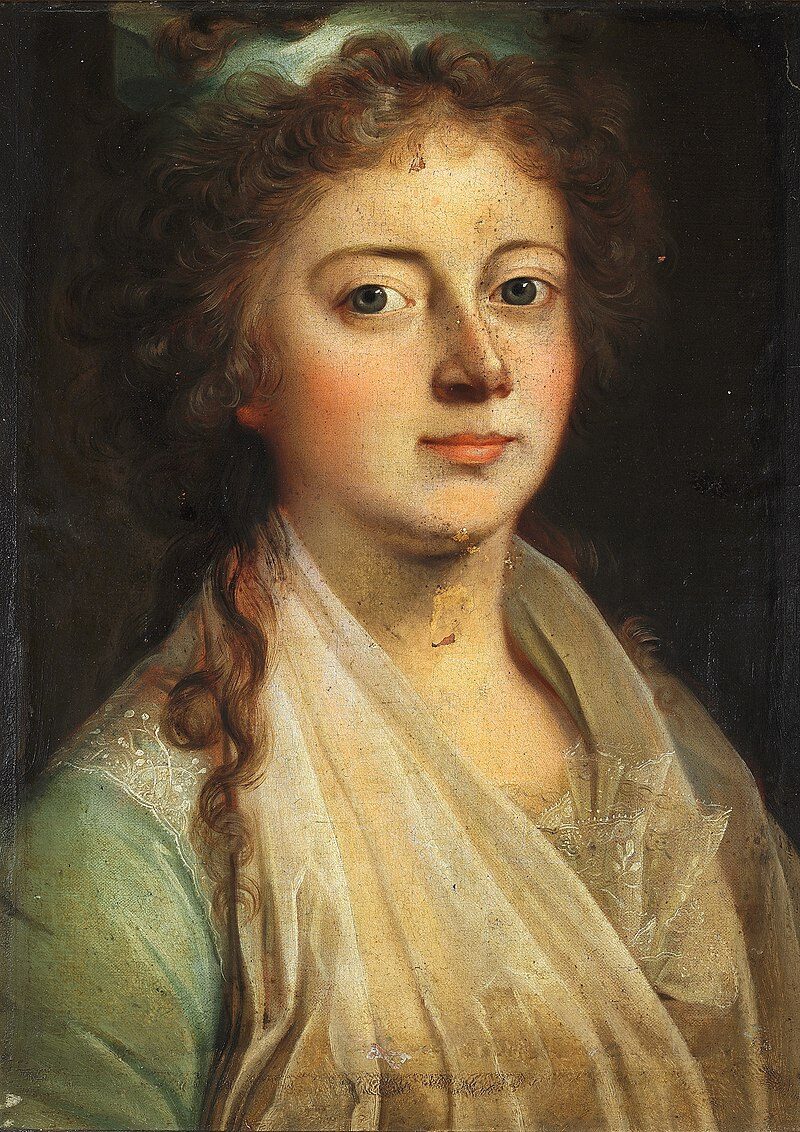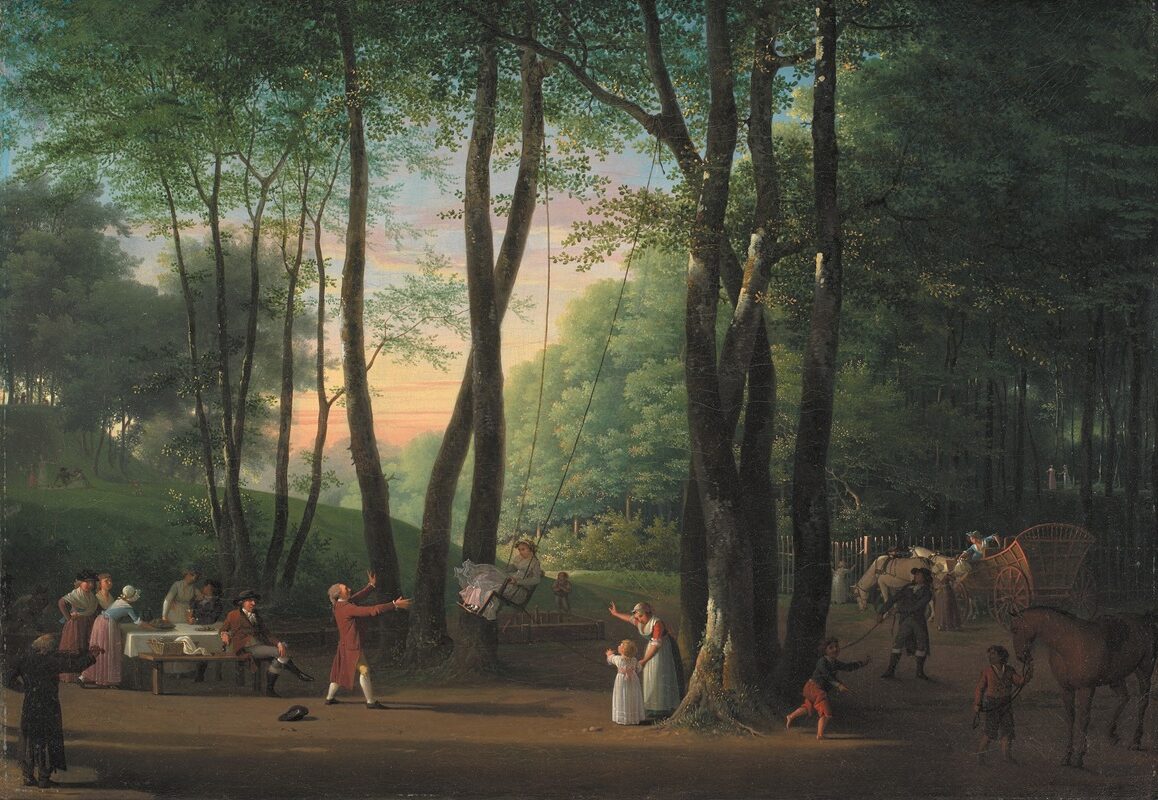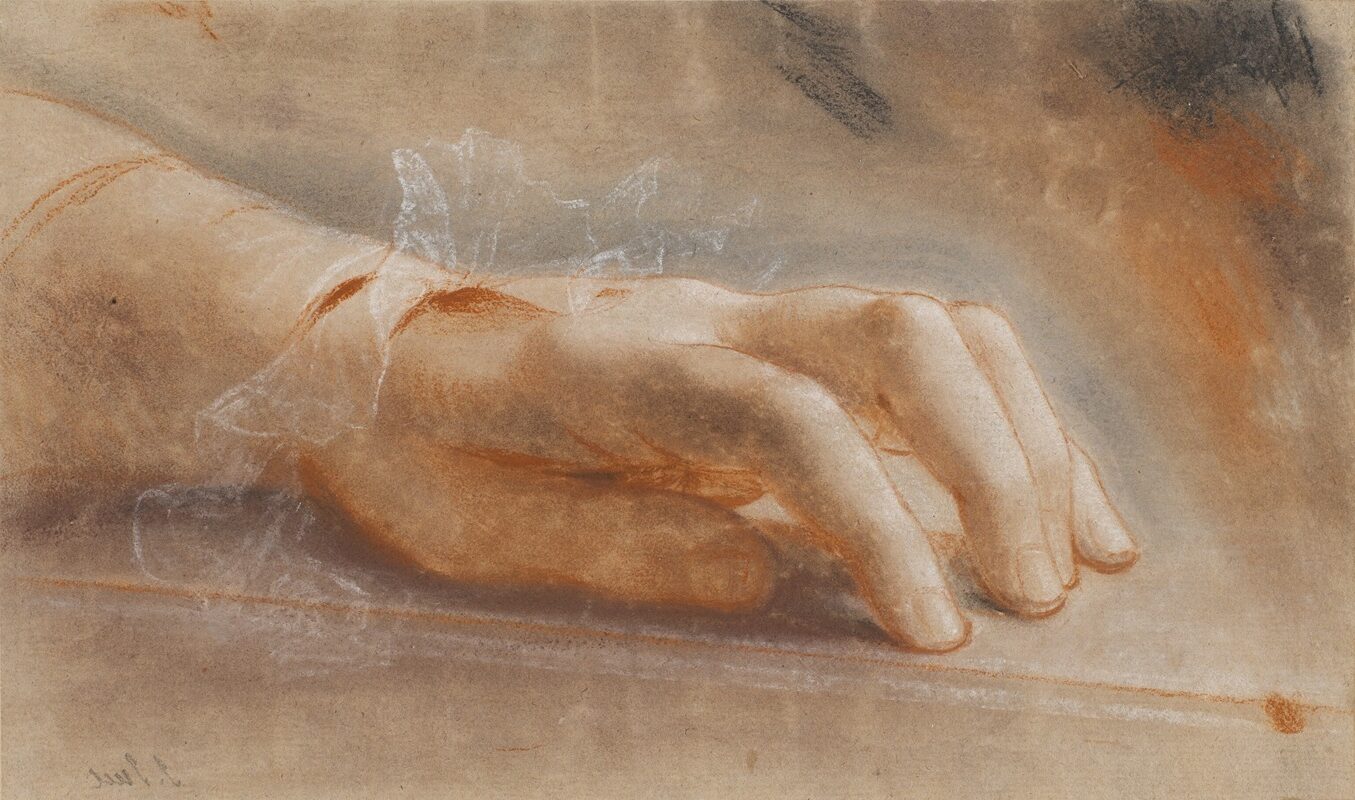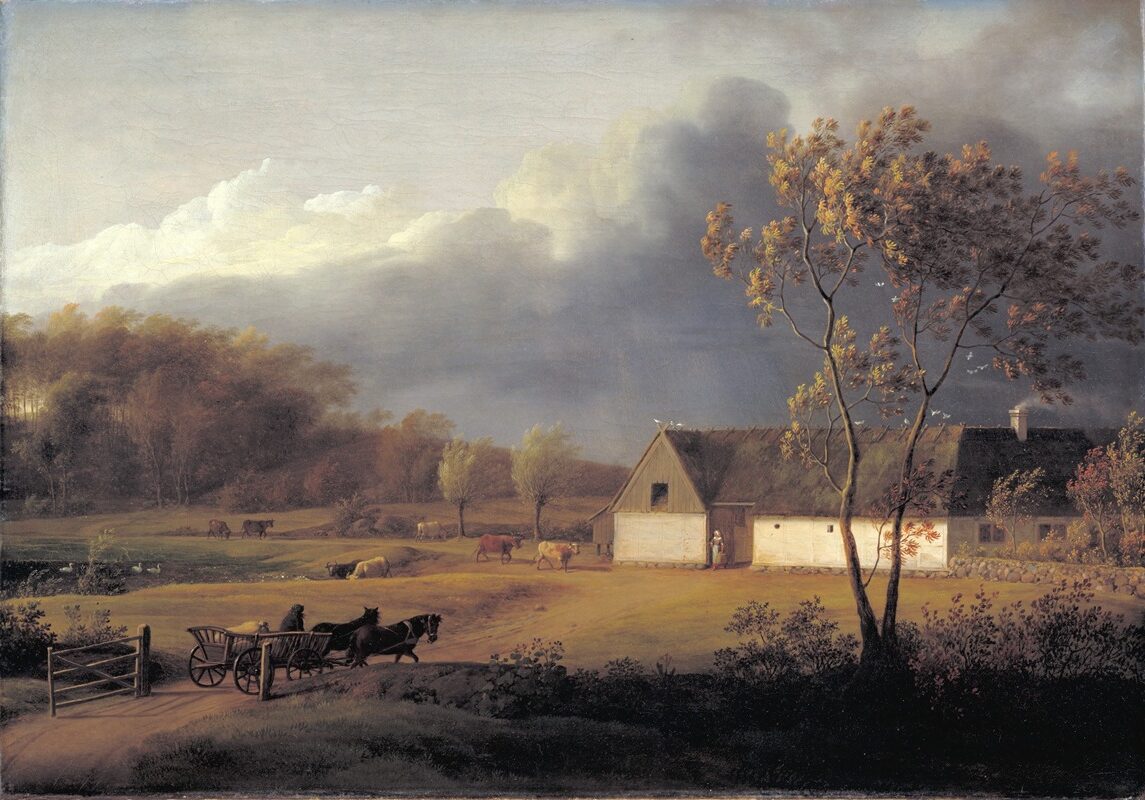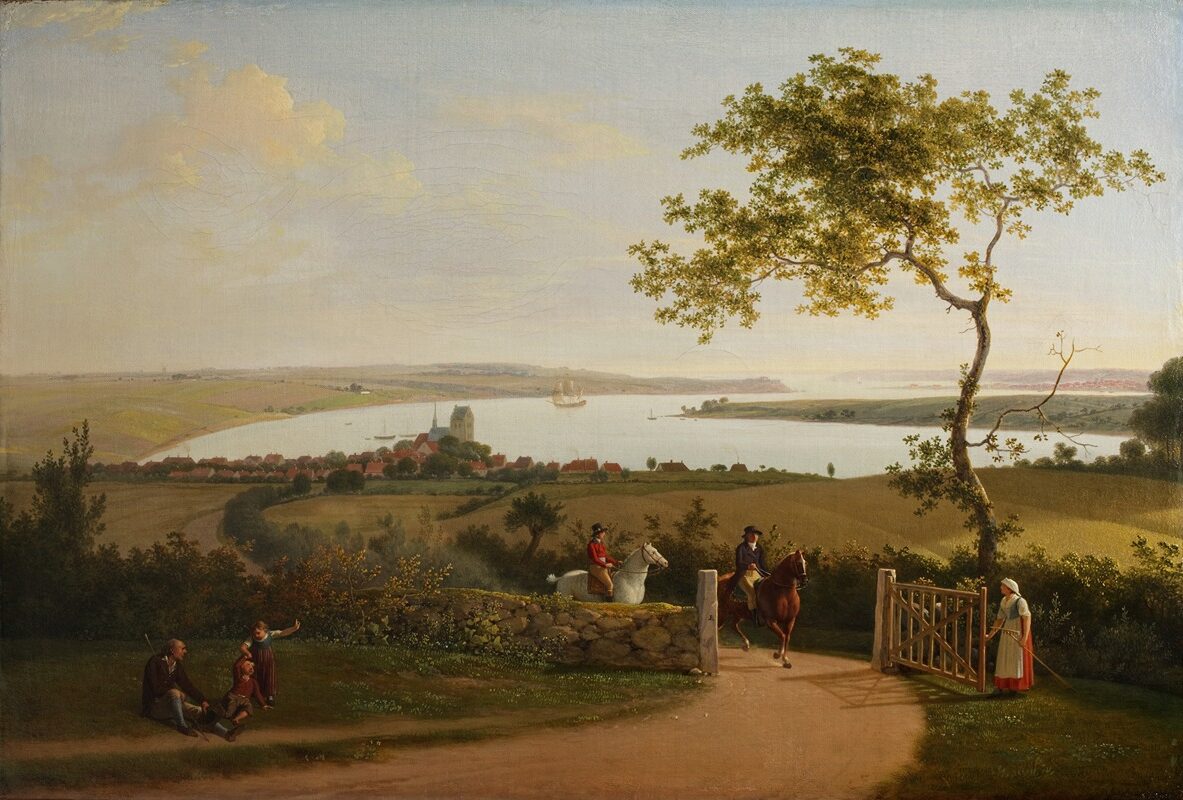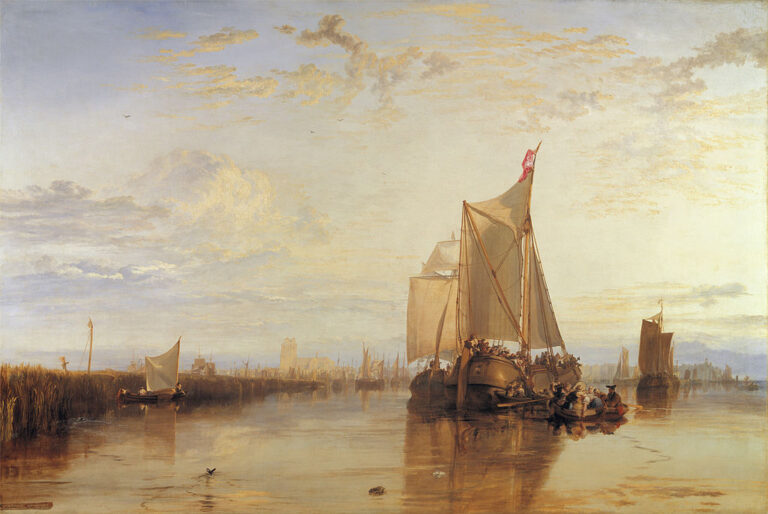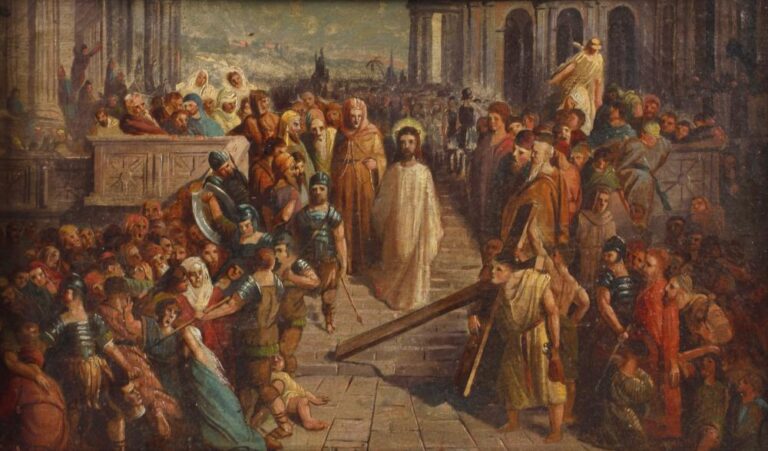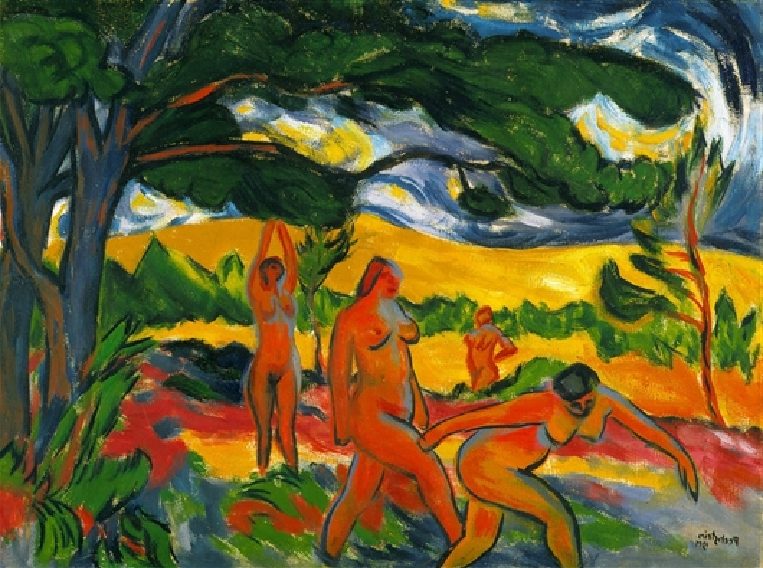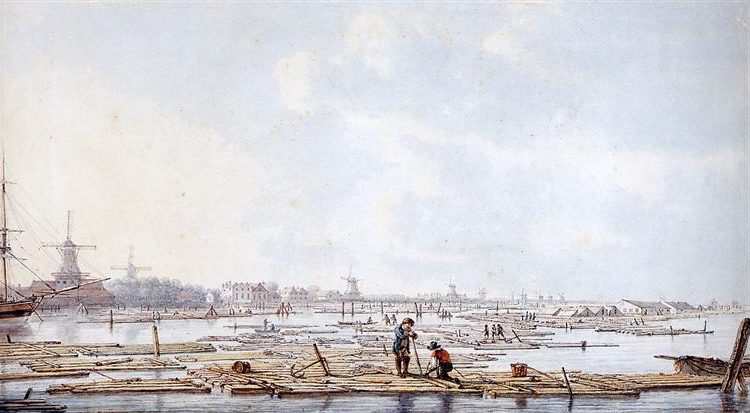Jens Juel Painter: Denmark’s 18th Century Portrait Master
Born: 12 May 1745, Falster, Denmark
Death: 27 December 1802, Copenhagen, Denmark
Mouvement artistique : Néoclassicisme
Nationalité : Danois
Teacher: Johann Michael Gehrman
Institution: Royal Danish Academy of Fine Arts
Jens Juel Painter: Denmark’s 18th Century Portrait Master
Jens Juel’s Biography
Jens Juel stands as one of Denmark’s most celebrated portrait painters of the 18th century. His une technique maîtrisée and ability to capture his subjects with remarkable accuracy earned him recognition from the royal family and established him as a leading figure in Danish art history.
Vie et éducation précoces
Jens Jørgensen Juel was born on May 12, 1745, to Vilhelmine Elisabeth Juel and Jørgen Jørgensen. He spent much of his childhood in Gamborg, a small town in Denmark where he developed his early interest in art.
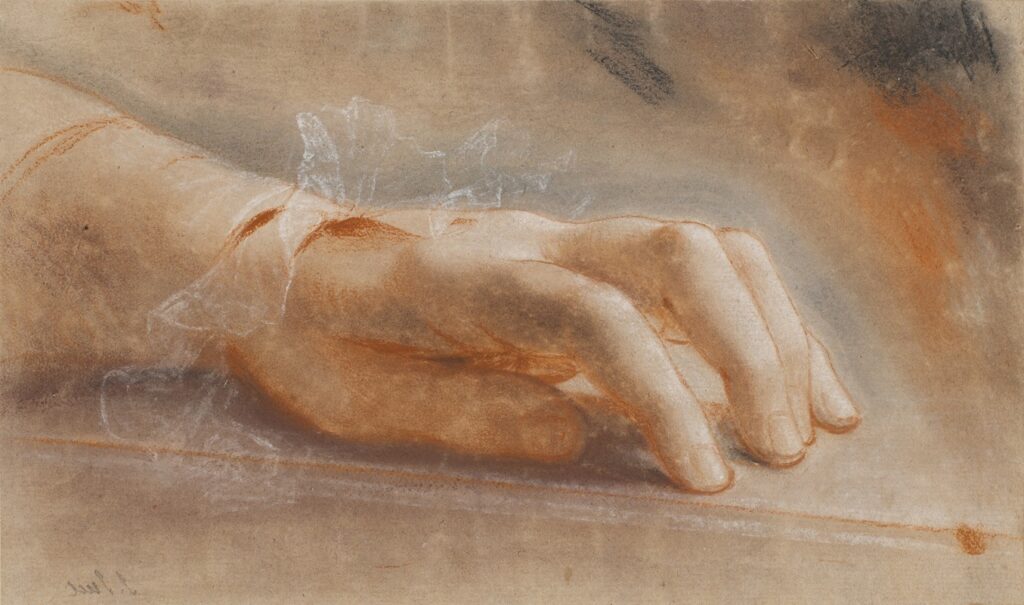
Study of a Right Hand, (1790 – 1791)
As a young artist, Juel received his initial training at the Royal Danish Academy of Fine Arts in Copenhagen. His talent quickly became apparent, leading to opportunities to study abroad.
Between 1772 and 1780, Juel traveled extensively throughout Europe, refining his artistic skills. His journey took him to Rome, Paris, and Switzerland, where he absorbed various artistic influences and techniques that would later define his distinctive style.
Career and Artistic Milestones
Upon returning to Denmark, Juel’s career flourished rapidly. His exceptional portrait-painting skills caught the attention of Denmark’s elite, including the royal family, nobility, and wealthy bourgeoisie.
In 1780, Juel achieved a significant milestone when he was appointed as the official court painter. This prestigious position came as recognition of his remarkable talent and growing reputation.
Juel mastered oil on canvas technique, creating portraits characterized by compositional balance and harmonious color palettes. He continued the classical tradition while infusing his works with a natural sense of his subjects’ personality.
While primarily known for portraiture, Juel also produced notable landscape works. His versatility as an artist contributed to his widespread acclaim throughout Denmark.
Influence et héritage
Juel’s work represents the pinnacle of Danish portraiture in the 1700s. His paintings of King Christian VII and other royals remain important historical documents that capture the essence of Denmark’s aristocratic society.
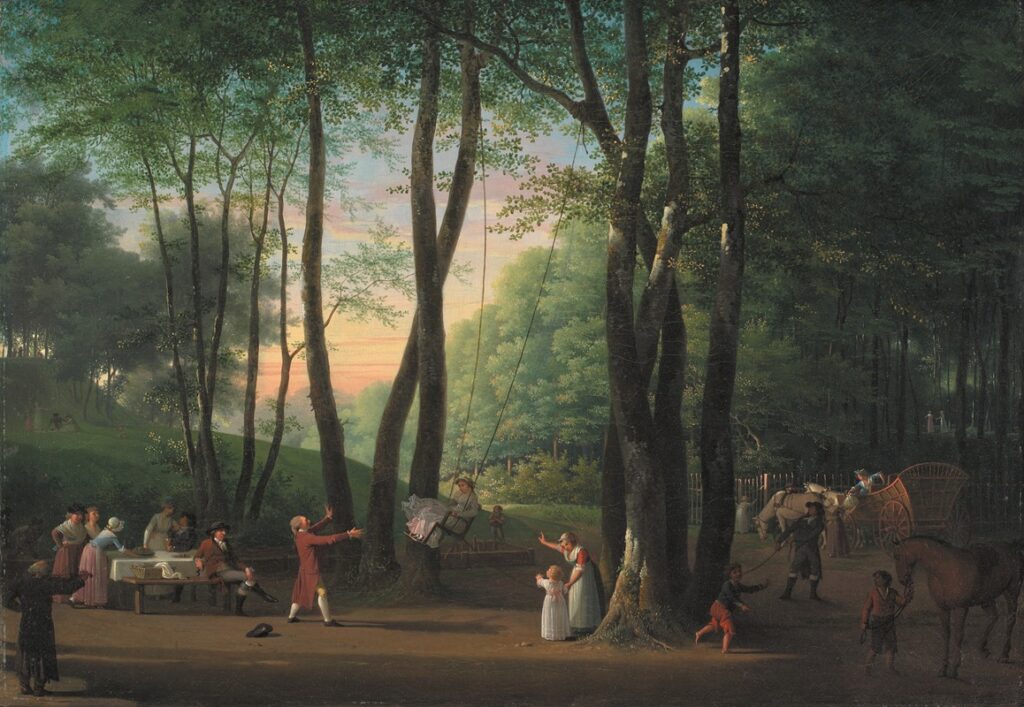
The Dancing Glade at Sorgenfri, North of Copenhagen, 1800, by Jens Juel
Beyond portraiture, Juel experimented with etching and other techniques, demonstrating his technical versatility. His approach to light and color influenced subsequent generations of Danish painters.
Today, Juel’s works are displayed in prestigious museums, including Rosenborg Castle as part of the Royal Danish Collection. Art historians recognize his pivotal role in developing a distinctly Danish artistic tradition.
Juel’s ability to combine technical excellence with psychological insight into his subjects ensures his permanent place as one of Denmark’s most significant Old Masters painters.
Travaux et techniques notables
Jens Juel’s héritage artistique is defined by his exceptional portraiture and technical mastery. His works reveal a keen understanding of light, color, and human expression that made him Denmark’s leading portrait painter of his time.
Portrait of Bolette Marie Lindencrone
Painted in 1787, the “Portrait of Bolette Marie Lindencrone” stands as one of Juel’s most celebrated works. The subject, wife of a wealthy merchant, is depicted with remarkable elegance against a stormy background.


Juel’s attention to detail is evident in the luminous quality of her skin and the delicate rendering of the lace and silk in her clothing. The contrast between her serene expression and the dramatic sky showcases his ability to balance subject and environment.
This oil on canvas demonstrates Juel’s mastery of light. The portrait exemplifies his technique of using subtle highlighting to draw attention to the face while allowing clothing and background elements to support rather than distract from the sitter.
A Running Boy
“A Running Boy” (1802) represents Juel’s departure from formal portraiture into more naturalistic scenes. The painting captures a young boy in motion against a pastoral landscape.
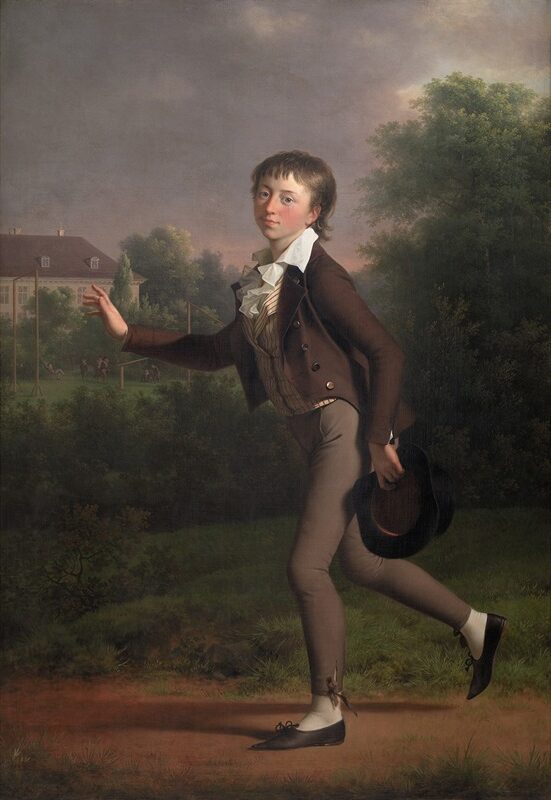
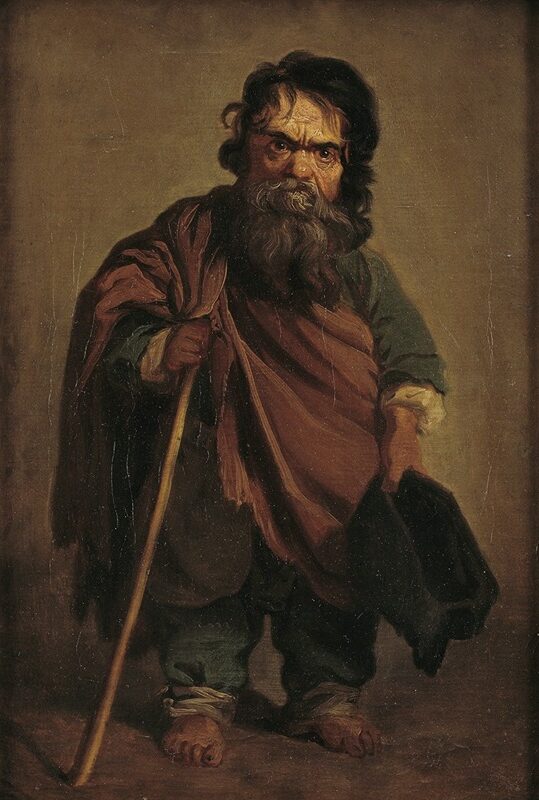
Unlike his commissioned portraits, this work shows Juel’s interest in depicting everyday life and movement. The loose brushwork and dynamic composition reveal his artistic versatility.
The painting’s color brilliance particularly stands out, with vibrant blues and greens contrasting with the warm tones of the child’s clothing. This work demonstrates Juel’s ability to convey energy and spontaneity while maintaining précision technique.
Marie-Sophie-Frederikke Portraits
Juel painted several portraits of Queen Marie-Sophie-Frederikke of Denmark between 1790 and 1800. These royal commissions solidified his status as Denmark’s premier court painter.


His portrayal of the queen balances formal requirements with genuine character. In these works, Juel masterfully renders the elaborate royal attire without sacrificing the humanity of his subject.
One of the most notable portraits shows the queen in a blue gown with exquisite attention to the fabric’s texture and the jewelry’s gleam. Juel’s technique of applying multiple thin layers of paint created a luminous quality that became his signature style.
Portraiture Technique and Style
Juel developed a distinctive approach to portraiture that combined technical precision with aperçu psychologique. His paintings typically featured soft, flattering lighting that enhanced his subjects’ features.
His technique involved building up thin, transparent layers of oil paint to achieve a luminous effect, particularly in flesh tones. This method allowed him to create remarkably lifelike portraits with dimensional depth.
Juel’s color palette evolved throughout his career, moving from the subdued tones popular in Danish art to more vibrant hues influenced by his studies abroad. He became particularly known for his ability to capture the subtle variations in skin tones.
Unlike many contemporaries, Juel painted directly on canvas with minimal preliminary drawing. This approach gave his work a fresh, immediate quality while still maintaining precise detail in important elements like eyes and hands.
Preservation and Presentation
Jens Juel’s artistic legacy continues through careful preservation efforts and thoughtful presentation in museums and private collections. His works require specific conservation approaches due to his unique painting techniques and the aging process of 18th-century materials.
Statens Museum for Kunst Collections
The Statens Museum for Kunst (SMK) in Copenhagen houses the largest collection of Jens Juel paintings in the world. The museum maintains strict environmental controls to preserve these delicate works, with temperature and humidity carefully regulated to prevent canvas deterioration and paint cracking.

View Of The Little Belt From A Hill Near Middelfart, Funen, c. 1800
Conservation specialists at SMK have conducted extensive technical studies on Juel’s painting methods, revealing his distinctive approach to ground materials and paint application. This research helps inform preservation strategies specific to his works.
The museum displays Juel’s portraits in specially designed galleries with controlled lighting systems that limit UV exposure while still allowing visitors to appreciate the subtlety of his color palette and brushwork.
Reproductions and Art Prints
High-quality reproductions of Juel’s works are produced using several specialized methods to capture his distinctive style. Fine Art Baryta Paper is often chosen for premium reproductions, as its smooth surface and slight sheen effectively replicate the luminous quality of Juel’s portraits.
For collectors seeking durability, reproductions on Fine Art Pasteboard provide stability and longevity. Modern sustainable production methods ensure these reproductions have minimal environmental impact while maintaining color accuracy.
Digital archiving projects have made Juel’s complete works accessible online, allowing researchers and art enthusiasts to study his techniques without exposing original paintings to handling damage.
Modern Display and Museum Quality
Museum-quality presentations of Juel’s work incorporate specialized lighting techniques that enhance the three-dimensional quality of his portraits. Custom hanging lamps with adjustable color temperature settings reveal subtle details in his brushwork.

A Storm Brewing behind a Farmhouse in Zealand, 1791–1793
Private collectors often display Juel reproductions against nonwoven wallpaper, which provides a neutral background that complements the color palette typical of his 18th-century portraits. These specialized wallpapers are designed to be pH-neutral and don’t emit harmful gases that might damage original works.
Exhibition designers emphasize contextual presentation, often pairing Juel’s portraits with period furniture and historic information to create immersive viewing experiences that highlight the social and cultural significance of his contributions artistiques.
Questions fréquemment posées
Jens Juel established himself as one of Denmark’s most significant portrait painters of the 18th century. His work combined maîtrise technique with psychological insight, creating lasting impact on Danish art history.
What are the most famous works created by Jens Juel?
Among Juel’s most celebrated works is “Niels Ryberg with his Son Johan Christian” completed in 1797. This painting exemplifies his skill in capturing both formal positioning and intimate family relationships.
His portrait of “Duchess Louise Augusta” shows his ability to depict nobility with both grandeur and humanity.
“The Artist and his Wife Rosine” offers insight into Juel’s personal life while demonstrating his mastery of light and composition.
Which art movements and styles is Jens Juel associated with?
Juel is primarily associated with Neoclassicism, incorporating its emphasis on balanced compositions and clear forms into his portraiture.
His work also shows influences of the Rococo style, particularly in his earlier career, with its lighter palette and graceful aesthetics.
During his studies abroad, he absorbed elements of French and Italian painting traditions that he later incorporated into his distinctive style.
How did Jens Juel contribute to the development of Danish painting?
As Director of the Royal Danish Academy of Fine Arts, Juel helped establish standards for artistic education in Denmark that influenced generations of painters.
Le sien naturalistic approach to portraiture marked a shift from more formal, stylized depictions toward greater profondeur psychologique and realism.
Juel elevated Danish portraiture to international standards, helping to create a distinctive national painting tradition.
What were the common themes and subjects in Jens Juel’s artwork?
Portraiture formed the core of Juel’s artistic output, with subjects ranging from royal family members to merchants and fellow artists.
Beyond portraits, Juel created landscapes that captured the Danish countryside with sensitivity to light and atmosphere.
He occasionally painted still lifes, particularly flower compositions, demonstrating his versatility and technical skill across different genres.
Which museums and galleries house significant collections of Jens Juel’s paintings?
The largest collection of Juel’s work is displayed at the National Gallery of Denmark (Statens Museum for Kunst) in Copenhagen.
Significant pieces can also be found at Frederiksborg Castle, showcasing his royal commissions and portraits of nobility.
Several international museums, including collections in Sweden and Germany, house examples of his work, reflecting his broader European influence.
How did Jens Juel’s background and education influence his artistic career?
Juel’s training began with an apprenticeship under German painter Johann Michael Gehrman. This provided him with strong technical foundations.
His studies in Rome (1772-1776), Paris, and Geneva exposed him to diverse artistic traditions. He then synthesized these traditions into his own approach.
Upon returning to Copenhagen in 1780, Juel became court painter. His international training helped him secure prestigious commissions and eventually his position as Academy Director.

